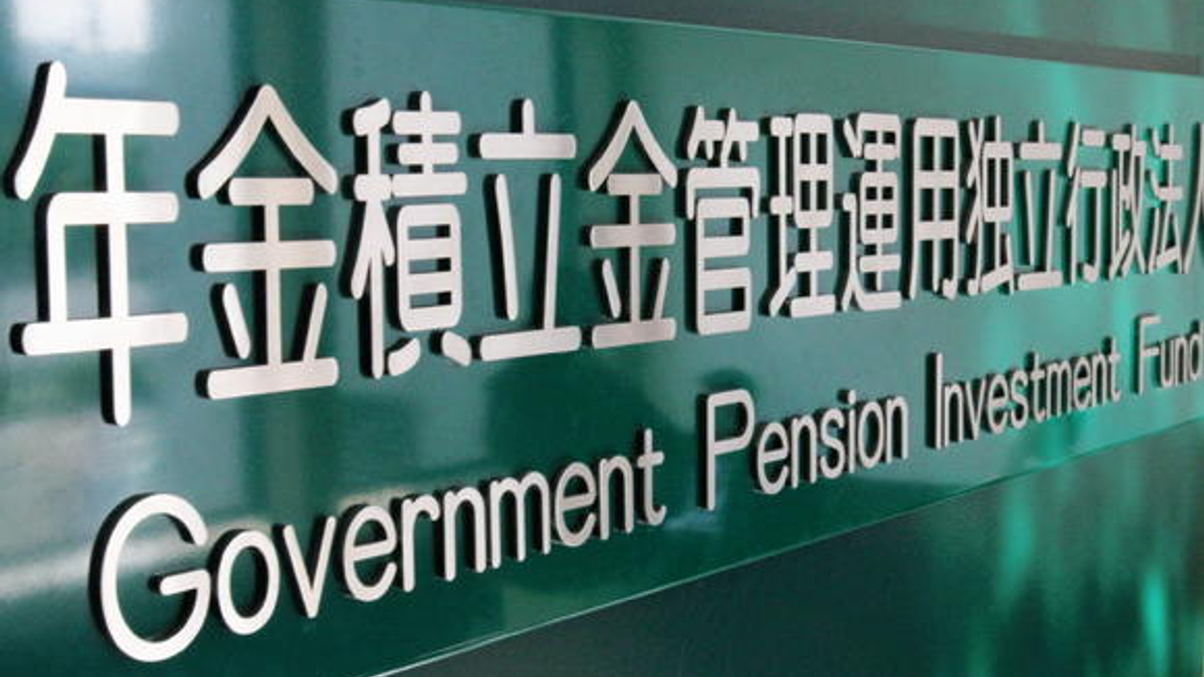GPIF’s new leader faces investing shake-up, CIO search
The incoming president of the world’s largest pension fund will need to oversee a freer hand in foreign asset allocation and appoint a new CIO, with Hiromichi Mizuno leaving.

The incoming new president of Japan’s Government Pension Investment Fund, the world’s largest pension fund, has several important issues to address.
Sign in to read on!
Registered users get 2 free articles in 30 days.
Subscribers have full unlimited access to AsianInvestor
Not signed up? New users get 2 free articles per month, plus a 7-day unlimited free trial.
¬ Haymarket Media Limited. All rights reserved.


